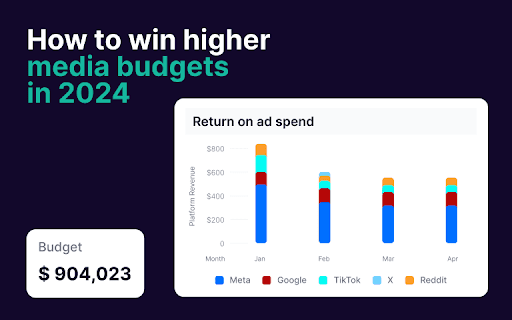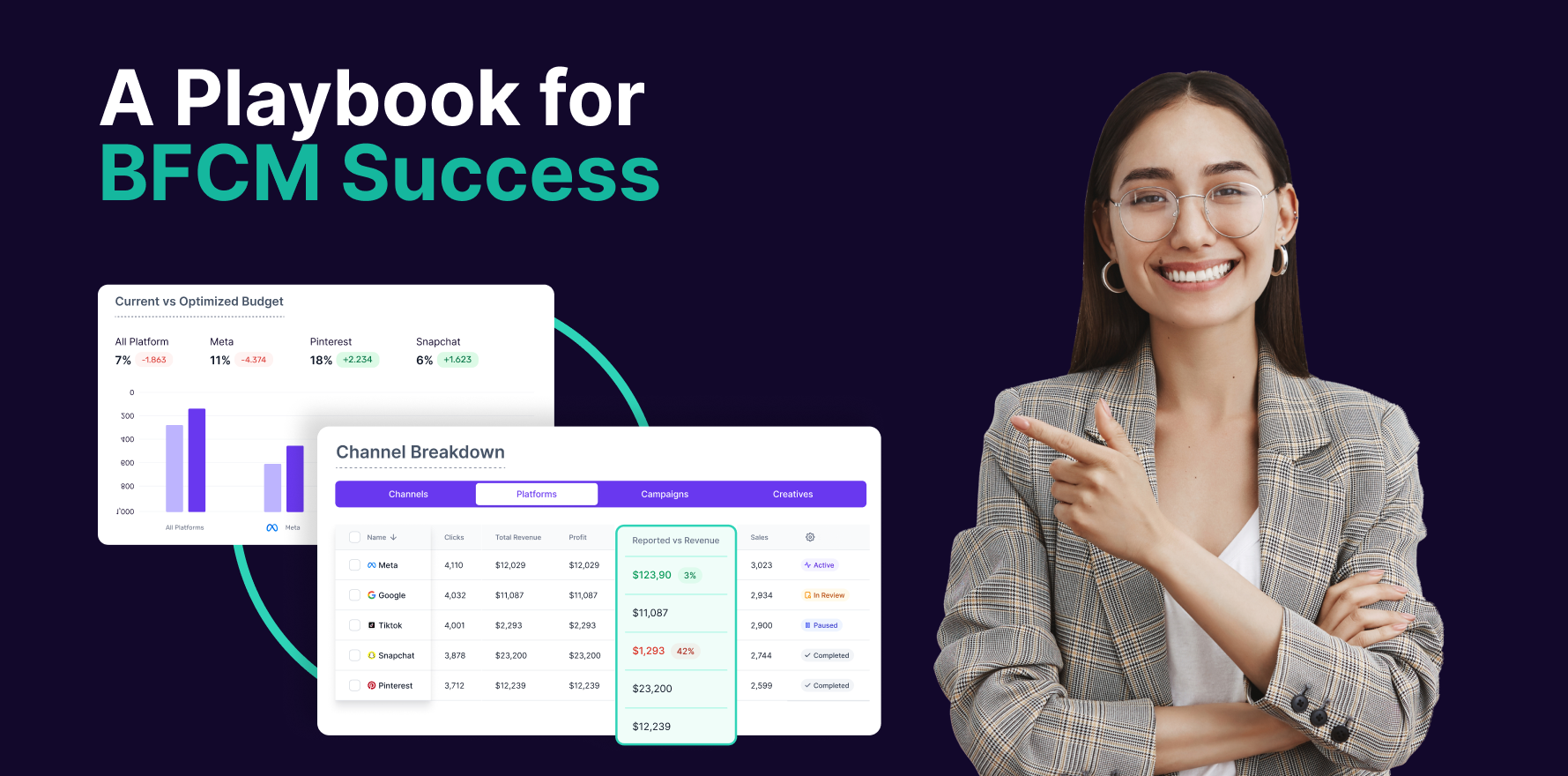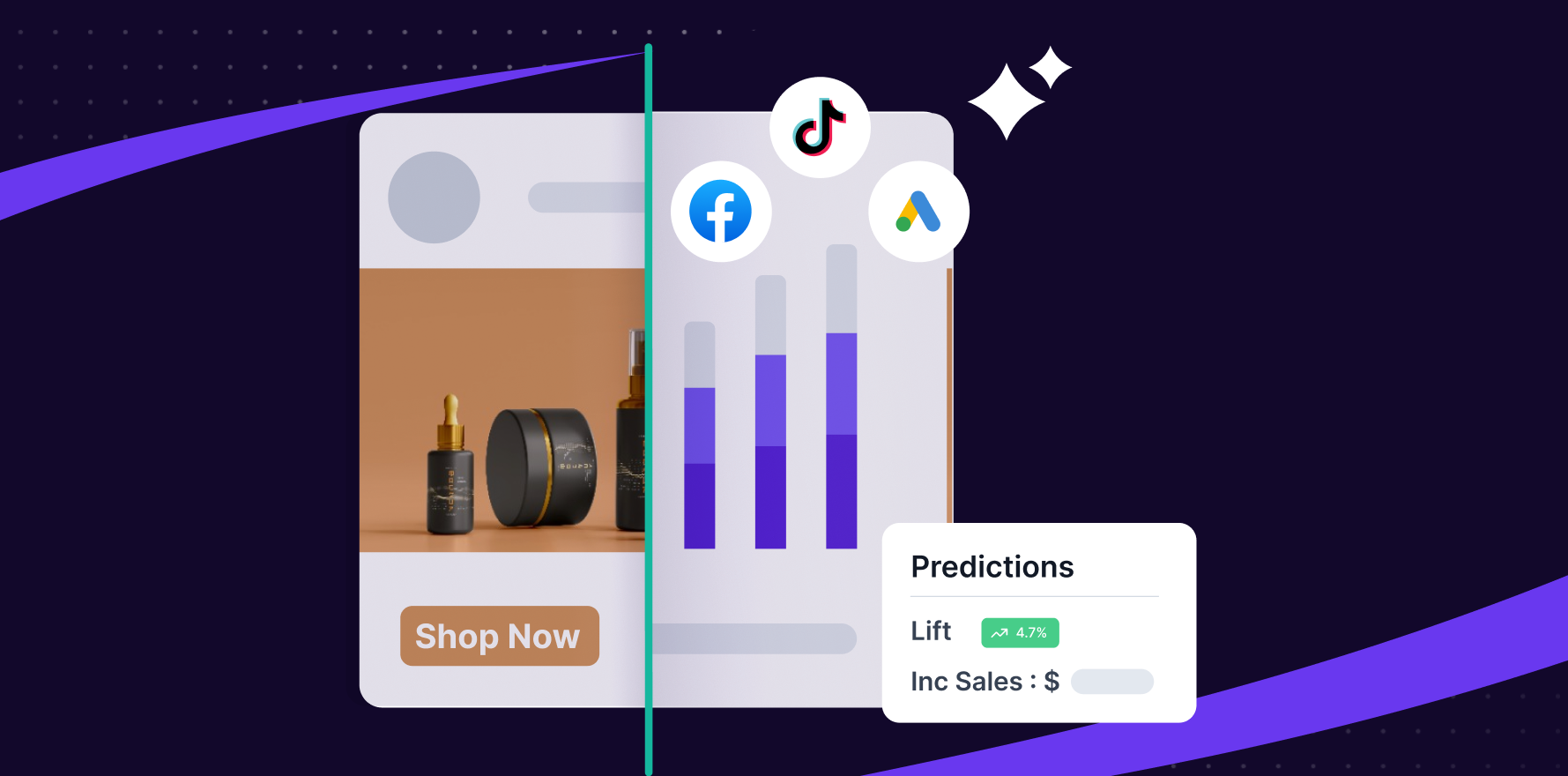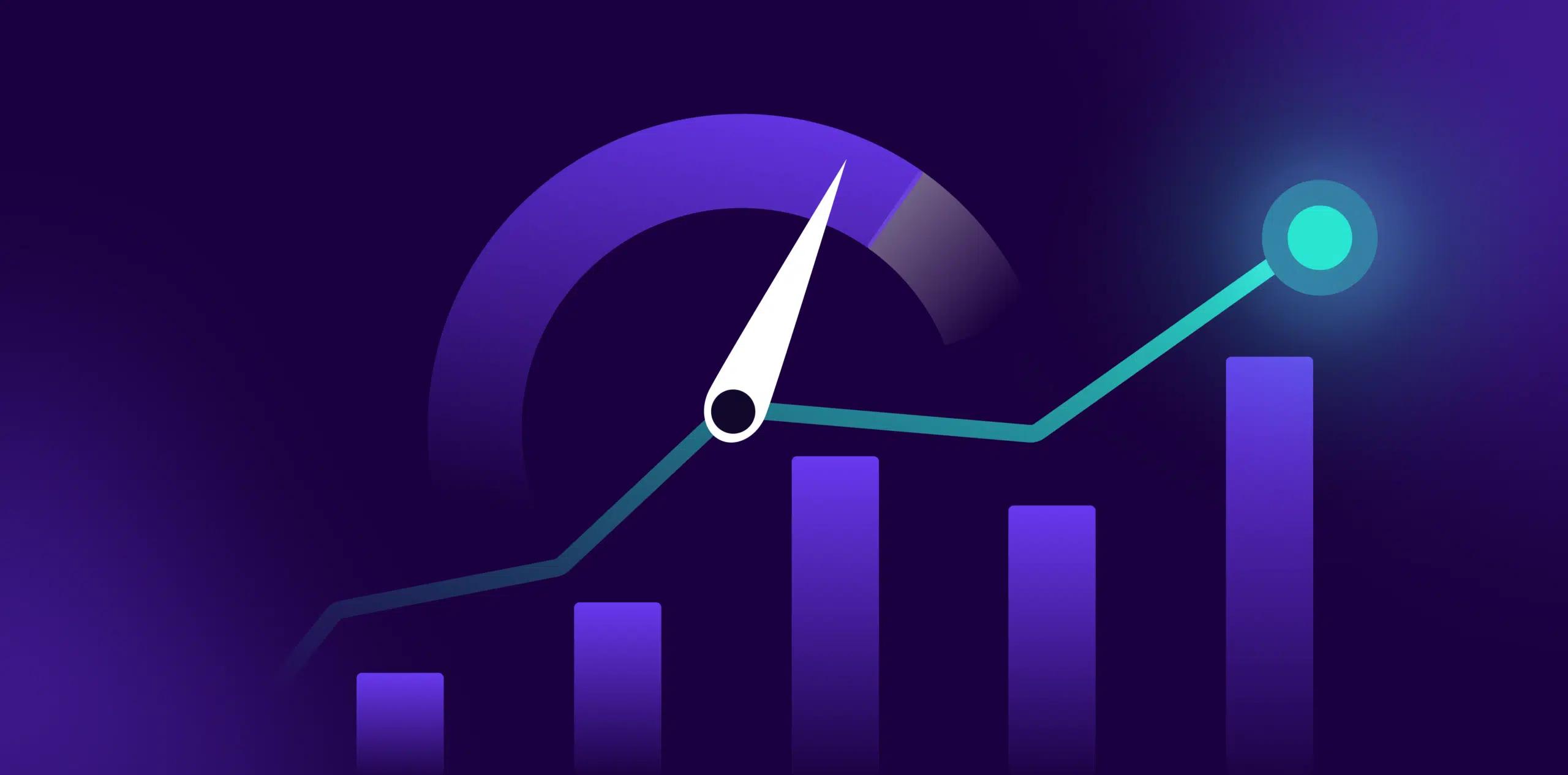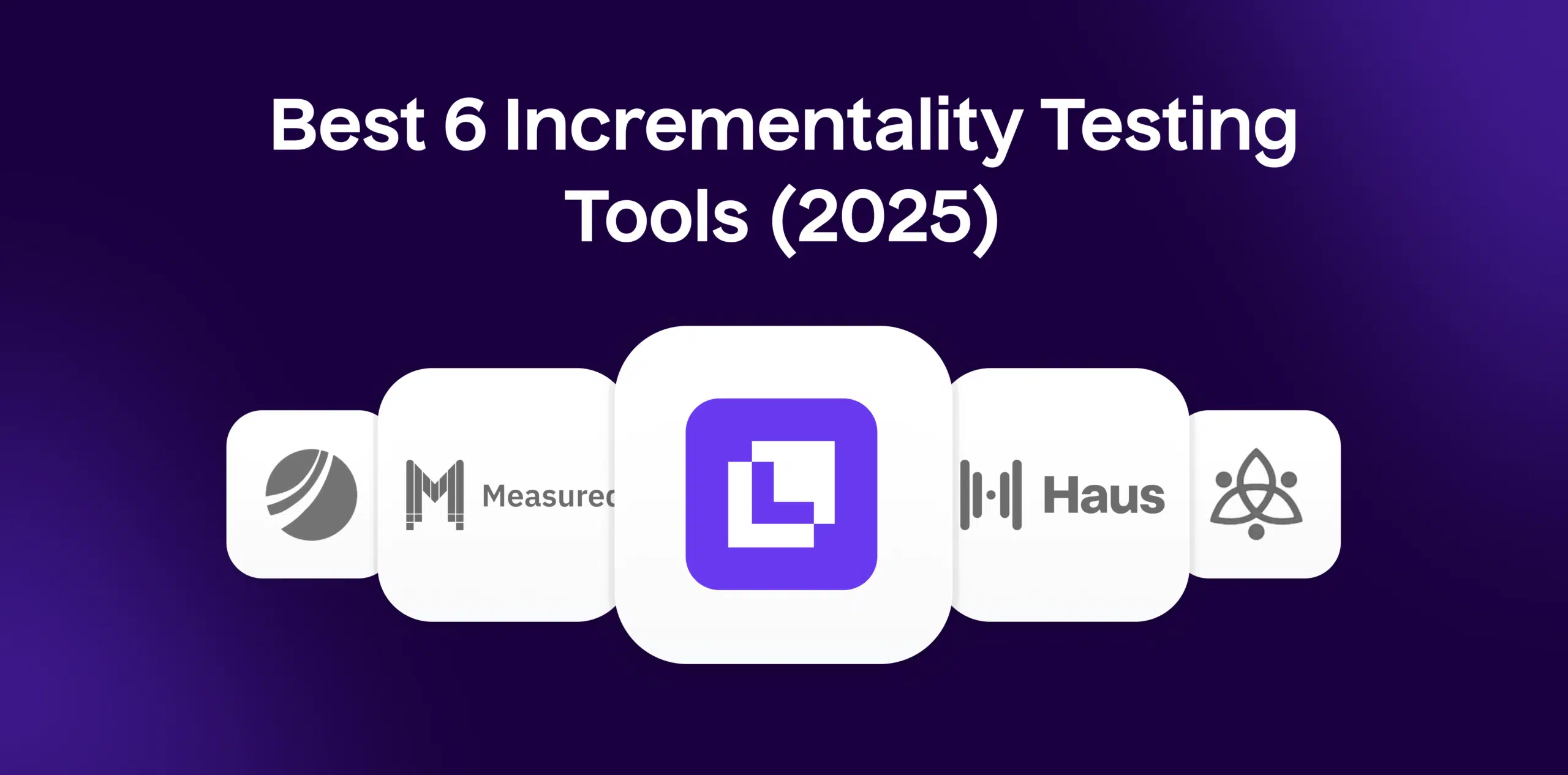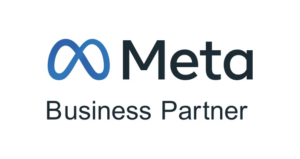What is Paywall?
A Paywall is a method used to monetize digital content. They are strategically placed barriers on websites that limit access to content or features unless a user pays a fee. Paywalls are commonly used by news sites, video streaming services, and more sophisticated eCommerce businesses to generate revenues beyond traditional advertising.
Paywalls can be categorized into two main types:
Hard Paywalls: They provide very limited access to free content. Usually, users must subscribe to gain access to most of the website’s content.
Soft Paywalls: They allow more free access to content with limitations on specific content pieces or amounts in a certain period. For instance, multiple news websites allow reading a few articles for free each month.
Formula
While there are no universally accepted formulas for quantifying Paywall effectiveness, businesses often calculate the conversion rate of users who encounter the Paywall and then go on to become paying customers.
Example
New York Times employs a soft paywall system. Visitors can access a few articles per month for free, but anything beyond that requires a monthly subscription.
Why is Paywall important?
The primary importance of a Paywall is to monetize digital content. However, it also plays a significant role in:
- Revenue Diversification: Paywalls provide an alternate revenue stream beyond advertising.
- Quality Assurance: Paywalls often lead to higher quality product or content, as paying customers expect premium offerings.
- Customer Loyalty: By offering exclusive content to paying customers, businesses can boost customer loyalty and retention.
Which factors impact Paywall?
- Providing Quality Content: Ensure that the content behind the Paywall delivers value worth paying for.
- Price Sensitivity: Pricing should be carefully done to balance between affordability for users and profit for your business.
- User Experience: Make the Paywall experience seamless, so customers don’t find it inconvenient.
How can Paywall be improved?
- Quality of Content: Poor content will lead to low conversions and high churn rates.
- Pricing Strategy: Over-pricing could discourage potential subscribers.
- Market Saturation: Too many competitor sites offering similar content for free could impact Paywall efficiency.
What is Paywall’s relationship with other metrics?
- Conversion Rate: Paywalls directly impact conversion rates. Successful implementation can increase rates, while poor execution could drive users away.
- Churn Rate: If the Paywall content doesn’t meet users’ expectations, the churn rate is expected to increase.
- Customer Lifetime Value (CLV): A well-executed Paywall can increase the CLV by creating a recurring revenue stream and enhancing customer loyalty.
Free essential resources for success
Discover more from Lifesight

